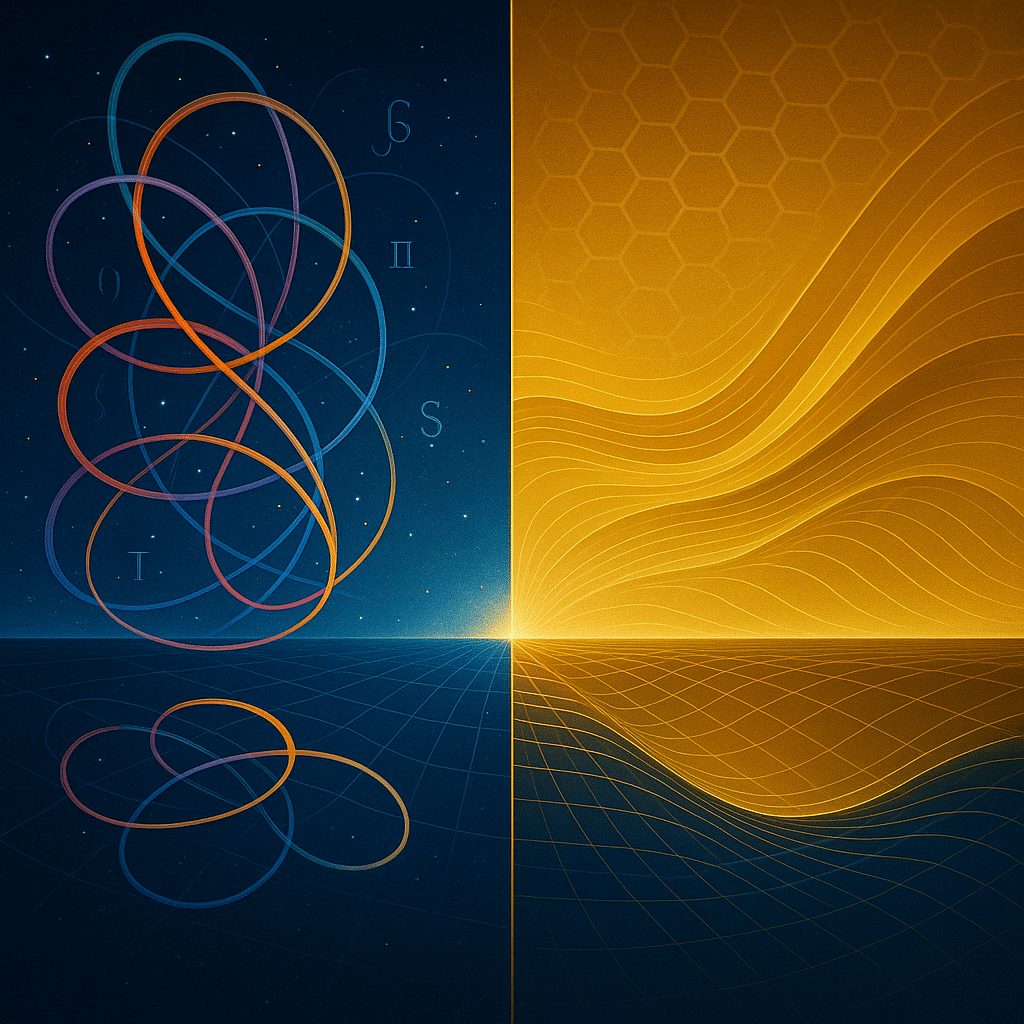Choosing the Path to a Theory of Everything: String Theory vs. Bee Theory
As modern physics continues its search for a “theory of everything”—a framework capable of unifying gravity with quantum mechanics—two major contenders are drawing increasing attention: String Theory and the emerging Bee Theory. Each offers a distinct vision of the universe, rooted in different assumptions and mathematical frameworks. Understanding the strengths and limitations of both is essential as we move closer to uncovering the fundamental laws of nature.
The Promise and Problems of String Theory
String Theory has long stood as a leading candidate for unification. It proposes that all particles are, at the most fundamental level, tiny vibrating strings whose modes of vibration determine the particles’ properties. The theory is mathematically rich, offering elegant solutions that potentially unify all known forces, including gravity.
However, this elegance comes with challenges. String Theory depends heavily on complex mathematics and introduces extra spatial dimensions that are not currently observable. More critically, it lacks direct experimental evidence, which has led to criticism that the theory may be more metaphysical than physical. As a result, its real-world applicability remains uncertain.

The Simplicity and Potential of Bee Theory
In contrast, Bee Theory takes a fundamentally different approach. It is built on wave-based principles, aiming to describe gravity and other fundamental forces through observable and testable phenomena—without resorting to additional dimensions or unobservable entities. Its conceptual simplicity makes it an appealing option for researchers seeking a more grounded and experimentally verifiable model of the universe.
Bee Theory could offer a disruptive alternative to traditional approaches, especially if it continues to align well with empirical data. Its wave framework resonates with familiar principles from classical and quantum physics, making it easier to explore experimentally compared to the abstract formulations of String Theory.
Toward a Testable and Unified Framework
If Bee Theory can be developed into a consistent and experimentally supported model, it may provide a more accessible and realistic path toward a unified theory. Its focus on simplicity, parsimony, and observable effects makes it particularly attractive in a scientific era increasingly driven by empirical validation.
That said, String Theory is not likely to be abandoned easily. Its depth, mathematical beauty, and far-reaching unification goals still captivate many in the scientific community. Any alternative—such as Bee Theory—must not only match String Theory’s explanatory power but also offer clear experimental predictions that can be tested and validated.
Conclusion: A Shift in Scientific Priorities?
The future of fundamental physics may depend on whether the field continues to prioritize mathematical elegance over experimental clarity. Bee Theory encourages a shift toward models that emphasize physical observability and theoretical simplicity, without sacrificing coherence or ambition.
As the dialogue between these two frameworks evolves, one thing is clear: the journey toward a true theory of everything is far from over. Whether through the intricate landscapes of String Theory or the wave-driven insights of Bee Theory, the pursuit continues—with curiosity, creativity, and scientific rigor leading the way.
